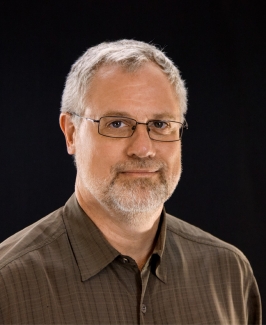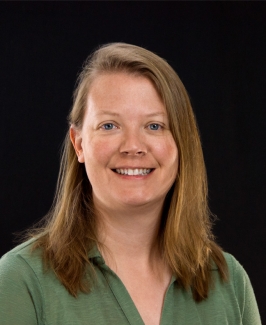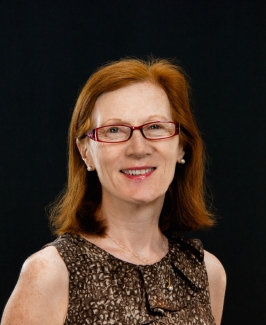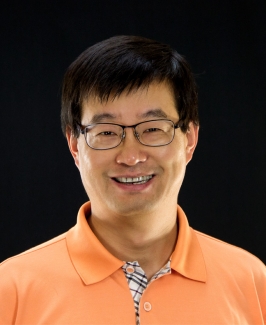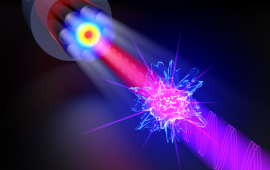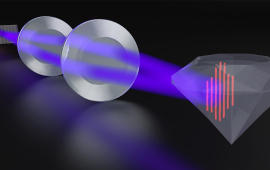The world of nanoscience is defined by the study of the ultrasmall, specifically near the size of a nanometer, or a billionth of a meter. Carefully engineered systems at this scale, such as quantum dots and semiconductors, help enlarge the benefits of the quantum world by enhancing our control of quantum interactions.
JILA's diverse nanoscience research encompasses investigations of innovative technologies, including nanoscale energy transport, nanostructures, and quantum devices. JILA’s study of these devices is aimed towards developing more efficient solar cells and data storage, and developing essential technology for the future of quantum computing.





